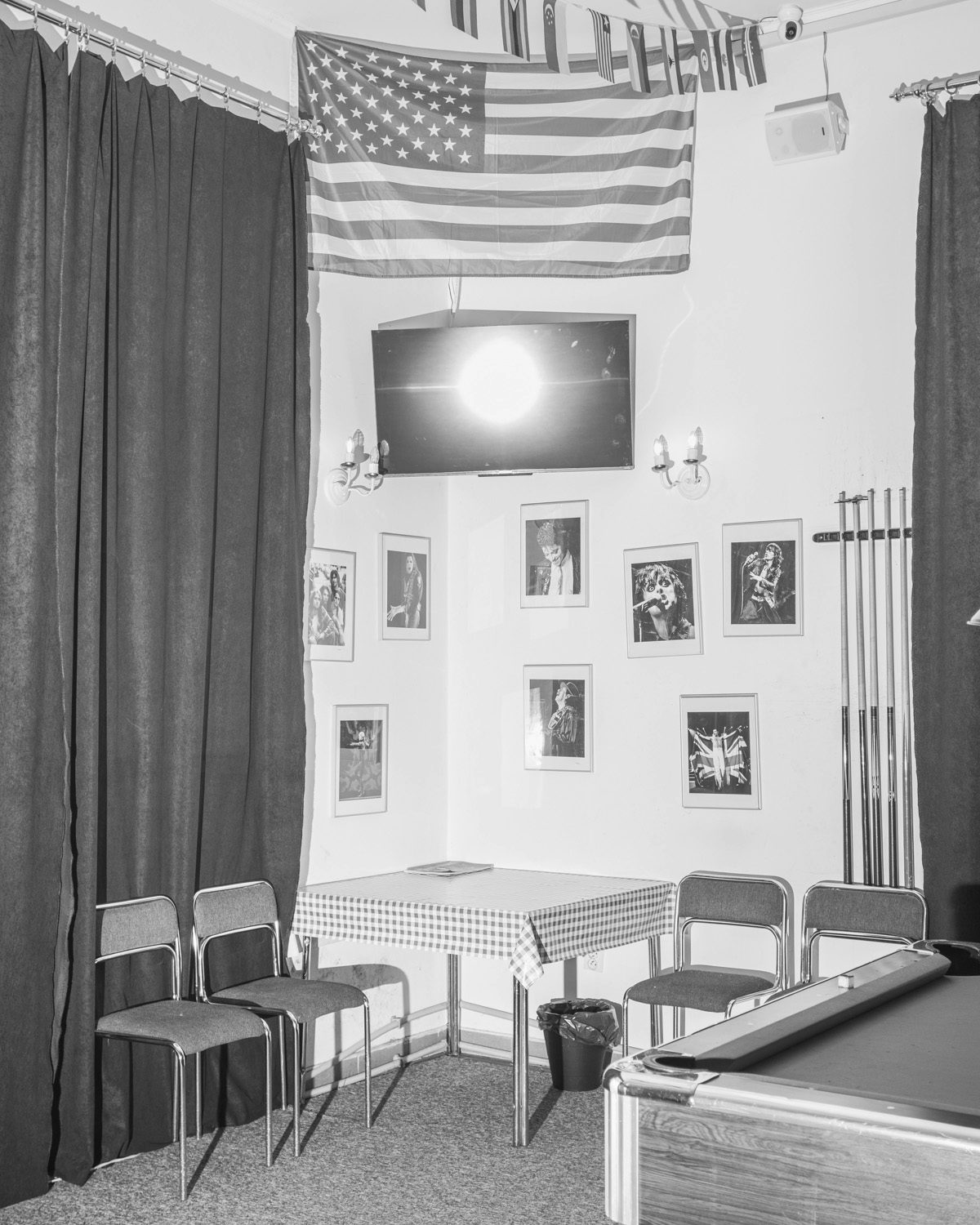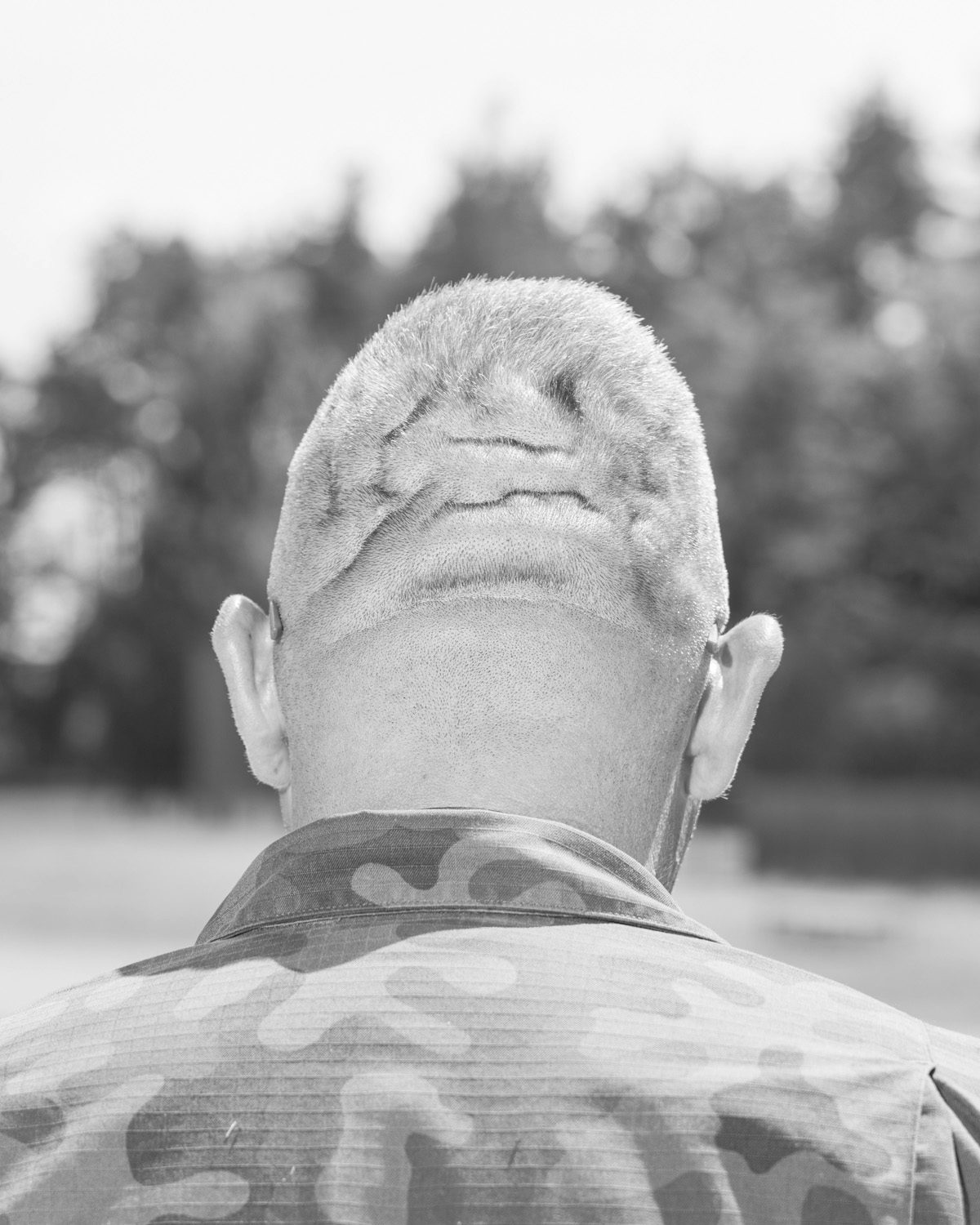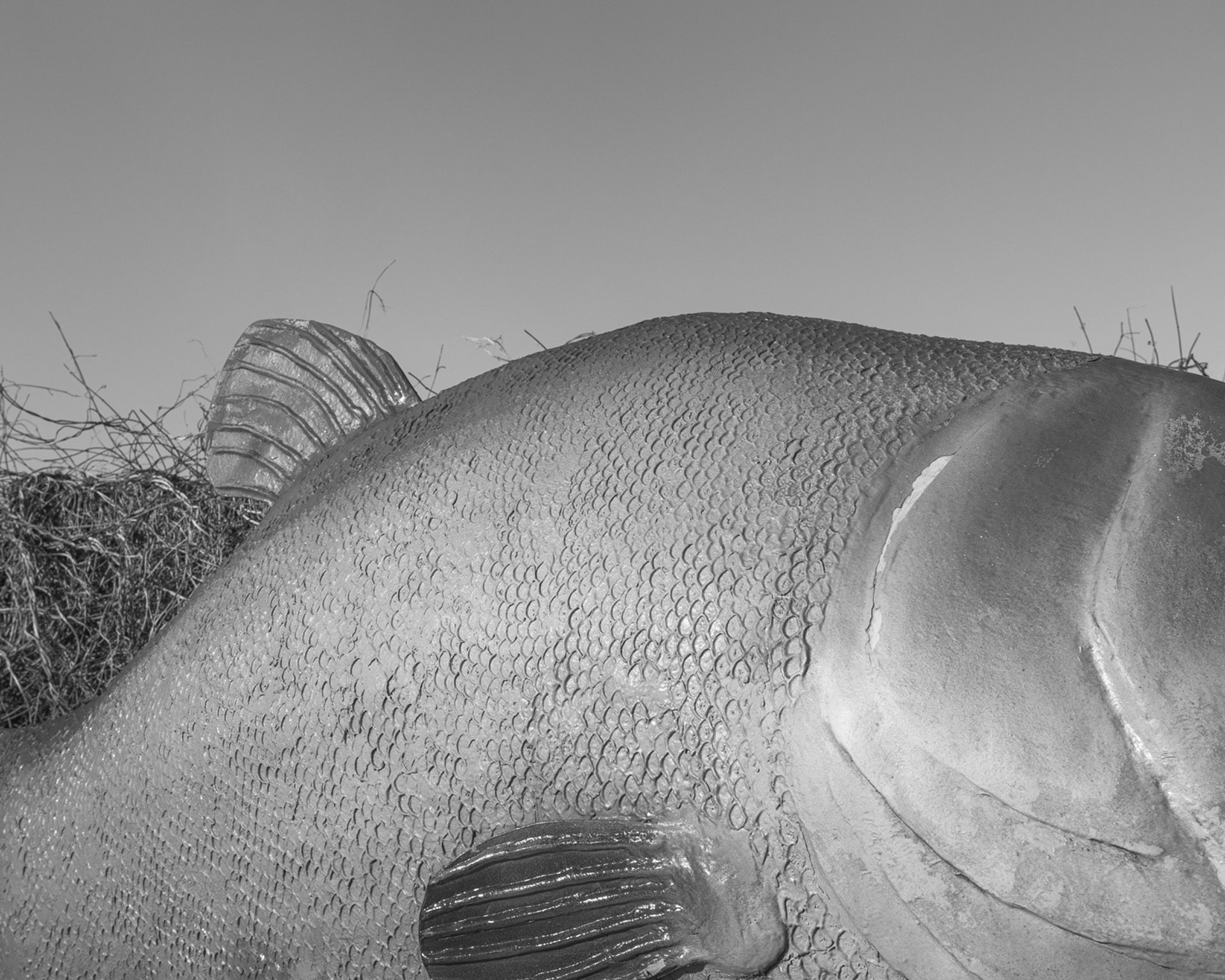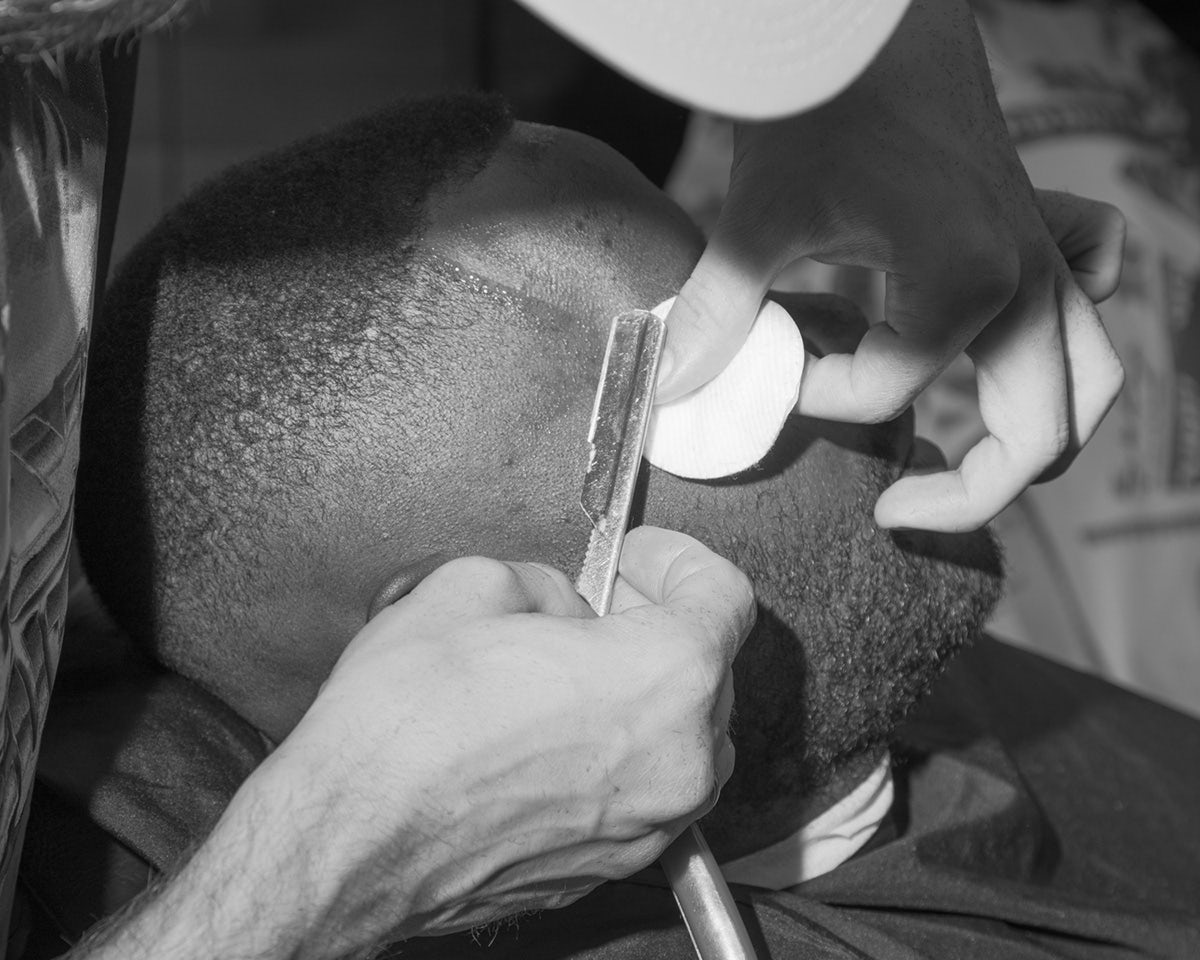Karol Szymkowiak’s abstract view of war and ecology
The Polish photographer’s new exhibition explores the intertwined relationship between environmental damage and military development in Poland
Powidzkie Lake is the largest lake in the Wielkopolska region in central Poland. It is a curious place. Swathes of holiday-goers flock to its manmade beaches. Relics of a pre-historic settlement lie preserved at the bottom of the water. And just a short distance away sits a substantial Soviet-era military base, which is now Poland’s largest military airfield, currently home to over a thousand US troops.
When he was growing up, Karol Szymkowiak visited Powidzkie Lake on holiday almost every summer, a ritual the photographer has maintained in his adult life. Yet the image of summertime idyll has grown complicated. The lake had always felt like a safe haven, but the more he got to know the area, the more he felt “this place also has its dark, dangerous side,” he explains.


“In recent years, the military base located in the close vicinity of the lake has begun to be strongly developed, and in Powidz itself food and service outlets have started to appear, profiled for the American soldiers stationed there,” he says. In 2023, the lake was named the cleanest in Poland, with water visibility stretching over ten metres in depth. Yet its future status may be compromised, as large woodland areas have been cleared to accommodate the airfield, and the lake’s water levels have declined, “caused by low rainfall, but also by the nearby areas left behind by open-cast mines”, he adds.
Szymkowiak was moved by the intertwined ecological and military transformation of the area, which he felt represented “some kind of tipping point”. “Later, I found information on the internet about a declassified document by the Pentagon that contained a list of potential nuclear targets, in case World War III breaks out. The Powidz military airport was on this list,” he explains.


The airfield’s target number used by the US was 0169-8629 5223-01750 – the name Szymkowiak used for his photo series about “a potential disaster”. The project is being displayed at this year’s Belfast Photo Festival as part of Metamorfoza, an exhibition and live programming initiative in partnership with Fotofestiwal Łódź and the Adam Mickiewicz Institute, which also features Polish artists Diana Lelonek, Anna Zagrodzka, and the duo Dyba and Adam Lach.
Just like the strange contrast between the lake’s idyllic bliss and the nearby military base, Szymkowiak’s black and white photographs are uncanny, with disorientating close-ups and obscure glimpses of life at the airfield. While the emphasis is on the air base, there are subtle, recurring nods to the nearby lake.


The photographer was granted press accreditation to photograph civilian exercises on two occasions, albeit with constraints. Despite this, everyone he photographed was quite open. He suspects this is because they trusted his intentions, but also because their identities are never the focus of the images.
At other times, he was denied access, though this wasn’t the hurdle it might seem. “I wasn’t entirely interested in showing the military base in a literal way. In my photography I largely tell stories through visual metaphors; I am interested in what happens for the viewer in between images. An image that is not literal provokes questions, and it is in provoking questions, in signalling phenomena with images, that I see the role of contemporary documentary photography. Not in giving answers, in simply informing.”

0169-8629 5223-01750 by Karol Szymkowiak is on display at 37-39 Rosemary St, Belfast until June 30; belfastphotofestival.com










